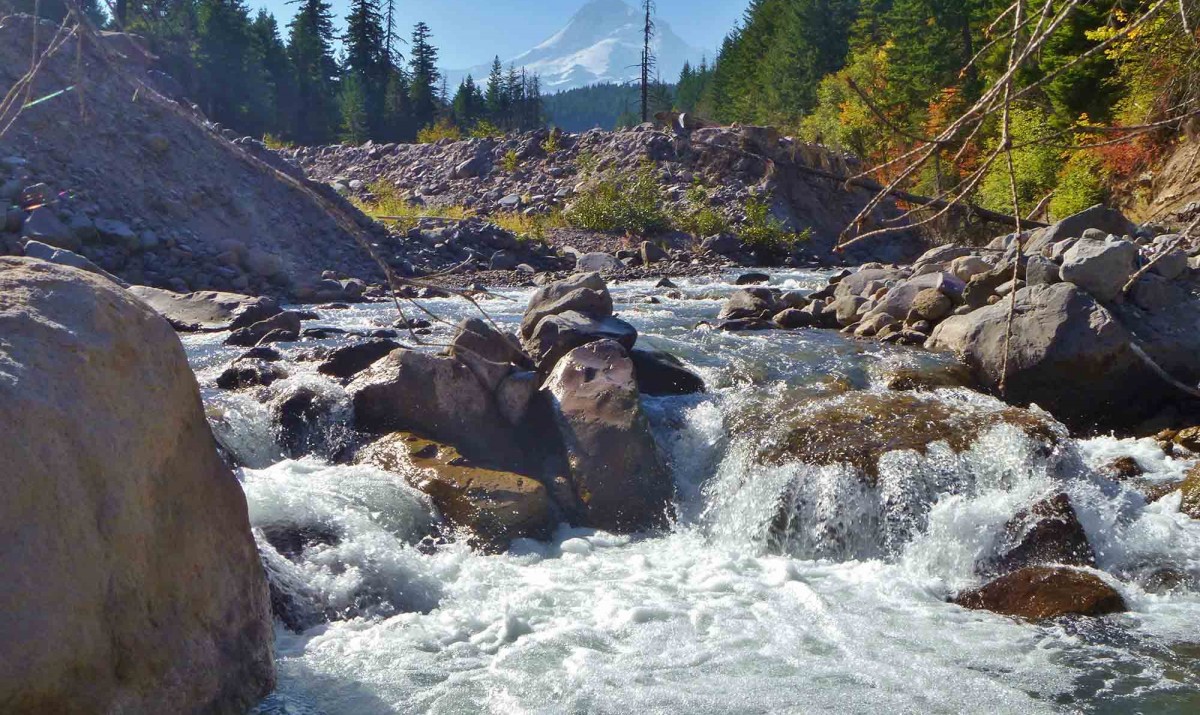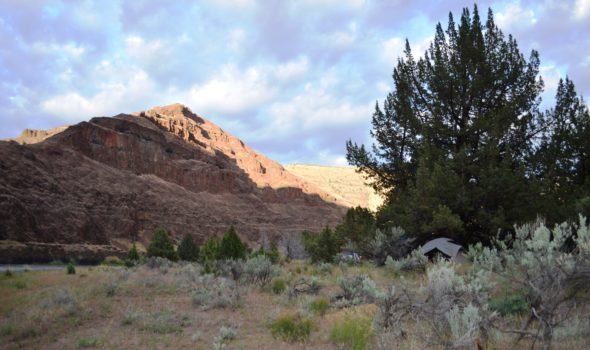The Big Picture
A great Northwest river, the Hood River plunges for 25 miles past forests, orchard lands, and timber country before finally meeting the Columbia near the City of Hood River itself. In 2013, PacifiCorp, which had owned the only dam on the Hood River, transferred a four-mile-long corridor of land along the Hood River to Columbia Land Trust and Hood River County. Our charge is to manage the Hood River for wildlife habitat, make sure that people have access to the river for recreation, and ensure that tribal fishing rights and private property rights are protected.
Click here to learn more about the Land Trust’s work in the Powerdale Corridor.
Why It Matters
For 90 years, power companies owned this corridor, which had a benefit for nature: It kept the land from being divided and developed. Today land along the Hood River provides habitat for elk and deer, cougar and black bear, osprey and eagles. Its rushing waters course over smooth rocks, islands, and fallen wood, forming the cold, deep pools preferred by steelhead and salmon. We’re working with local residents, partner organizations, and the Confederated Tribes of Warm Springs to develop and implement a vision that allows people access to the river and protects fish and wildlife.

